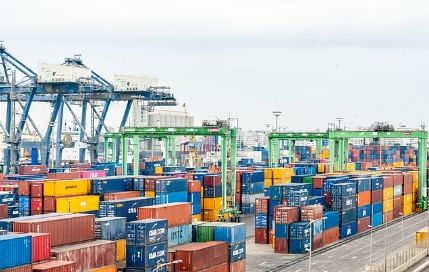What does C&F (Cost and Freight) mean?
In the realm of international trade, various terms and practices govern the transactions between buyers and sellers across borders. One such term is C&F, short for Cost and Freight. C&F represents a contractual agreement between the buyer and the seller regarding the responsibilities and costs associated with transporting goods from the seller's location to the buyer's destination. This article delves into the intricacies of C&F, including its definition, calculation formula, key considerations, and its integration with other trade terms.

Definition:
C&F, or Cost and Freight, is a widely used international trade term that specifies the obligations of the seller regarding the delivery of goods to a predetermined destination port or location. Under a C&F agreement, the seller is responsible for covering the costs of transportation to the destination port as well as the freight charges. However, once the goods are loaded onto the vessel, the risk of loss or damage transfers from the seller to the buyer.
Calculation Formula:
The calculation of C&F involves two main components: the cost of the goods and the freight charges. The formula for calculating C&F is as follows:
C&F Price = Cost of Goods + Freight Charges
The cost of goods typically includes the purchase price of the goods, any applicable taxes, packaging costs, and other related expenses incurred by the seller up to the point of loading onto the vessel. Freight charges encompass the cost of transporting the goods via sea freight to the agreed-upon destination port.
Main Considerations:
1. Freight Forwarder Selection: Sellers often engage freight forwarders to manage the logistics of shipping goods under a C&F arrangement. Choosing a reputable and reliable freight forwarder is crucial to ensure timely delivery and adherence to contractual obligations.
2. Insurance Coverage: While the seller is responsible for arranging and paying for freight, it is advisable for the buyer to procure marine cargo insurance to protect against the risk of loss or damage during transit.
3. Documentation: Proper documentation, including bills of lading, commercial invoices, and packing lists, must be accurately prepared and exchanged between the buyer and the seller to facilitate smooth customs clearance and cargo delivery.
4. Incoterms Compliance: C&F is governed by the International Chamber of Commerce's (ICC) Incoterms rules, which provide standard definitions and guidelines for international trade transactions. It is essential for both parties to adhere to the relevant Incoterms to avoid misunderstandings or disputes.
Integration with Other Trade Terms:
C&F can be used in conjunction with other trade terms to tailor the contractual arrangement to the specific needs and preferences of the buyer and the seller. For instance, a C&F contract may be supplemented with additional clauses specifying the party responsible for obtaining export/import licenses, customs clearance procedures, or the allocation of additional costs such as terminal handling charges (THC) at the destination port.
C&F (Cost and Freight) is a fundamental concept in international trade, delineating the responsibilities and costs associated with transporting goods from the seller to the buyer. Understanding the calculation formula, key considerations, and integration with other trade terms is essential for businesses engaged in cross-border trade to effectively navigate the complexities of global commerce and ensure successful transactions.
Related articles

 WeChat of CBiBank
WeChat of CBiBank